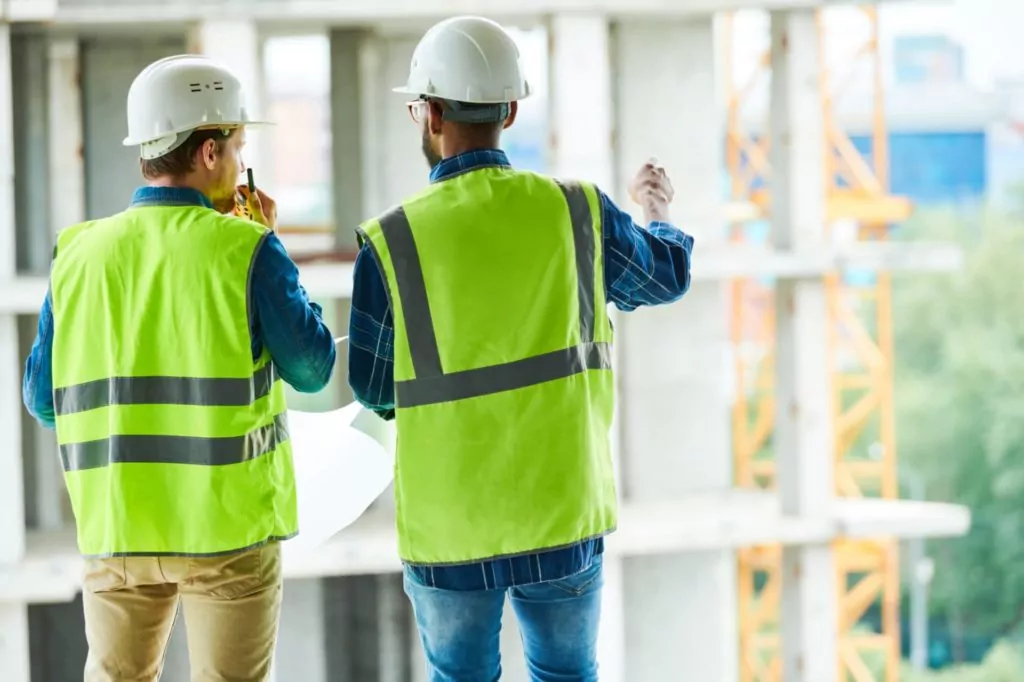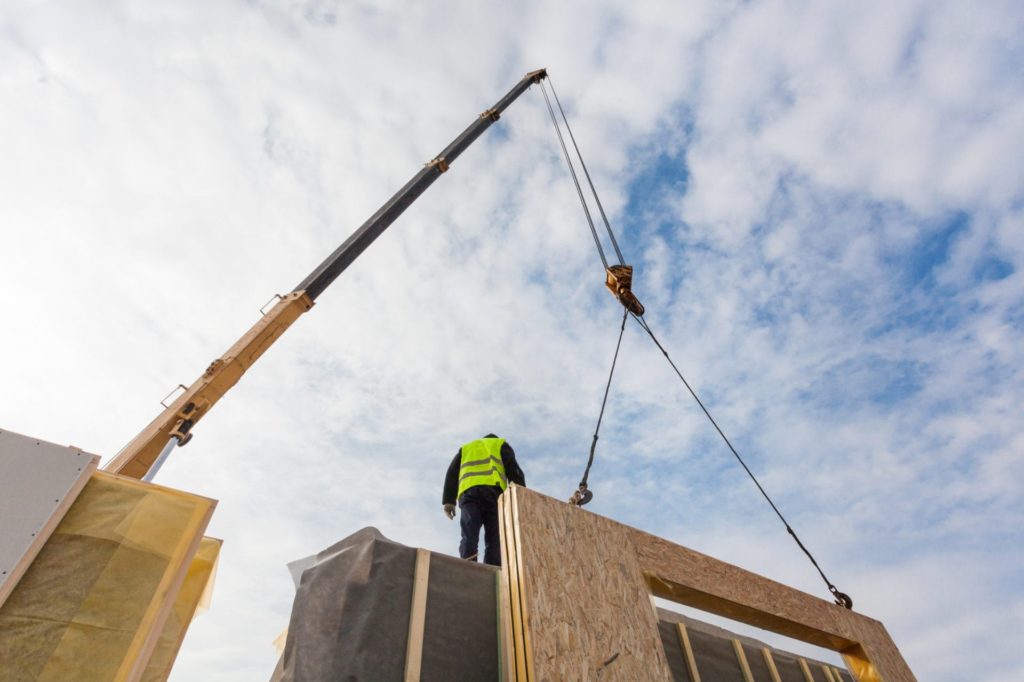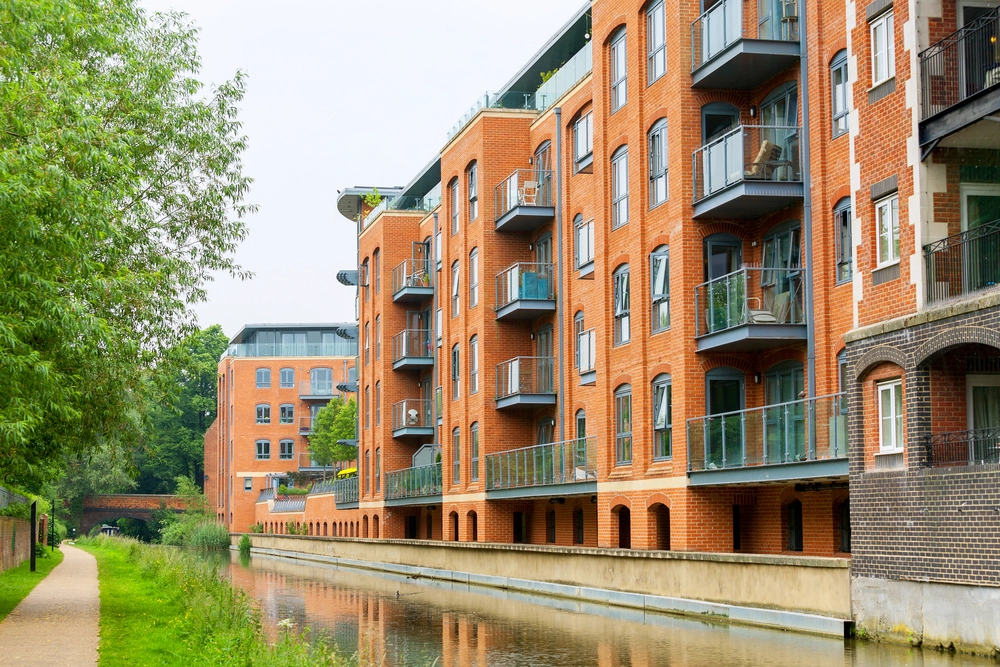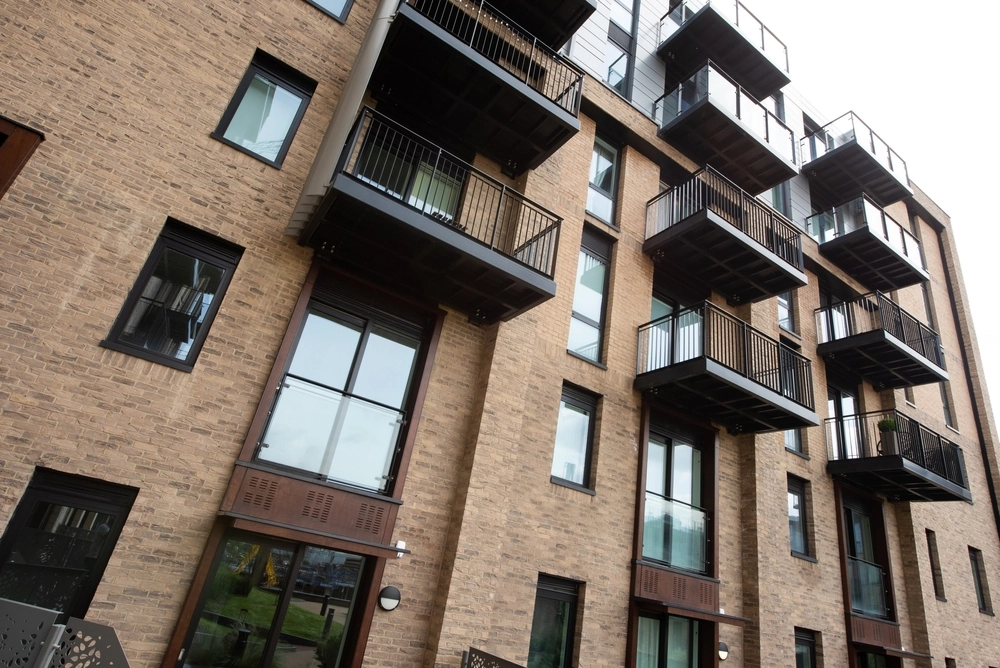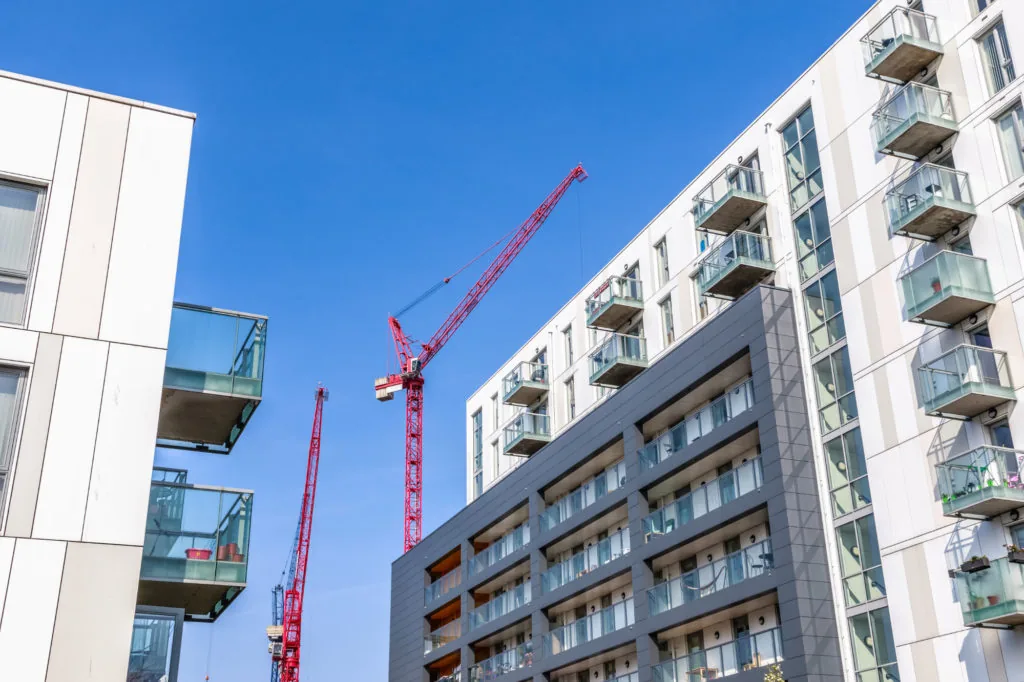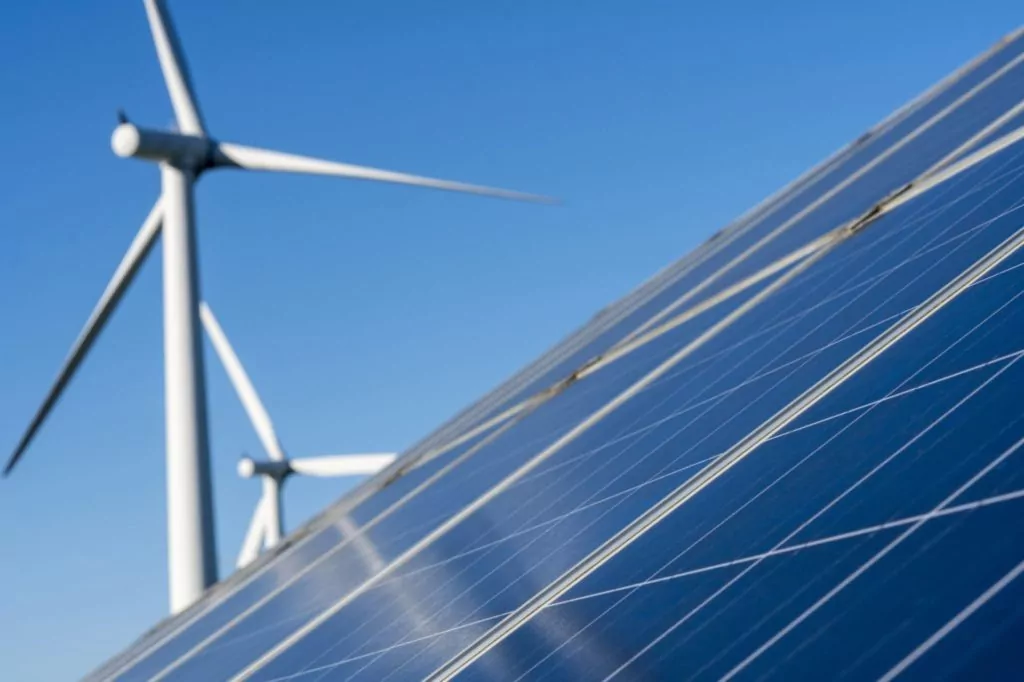
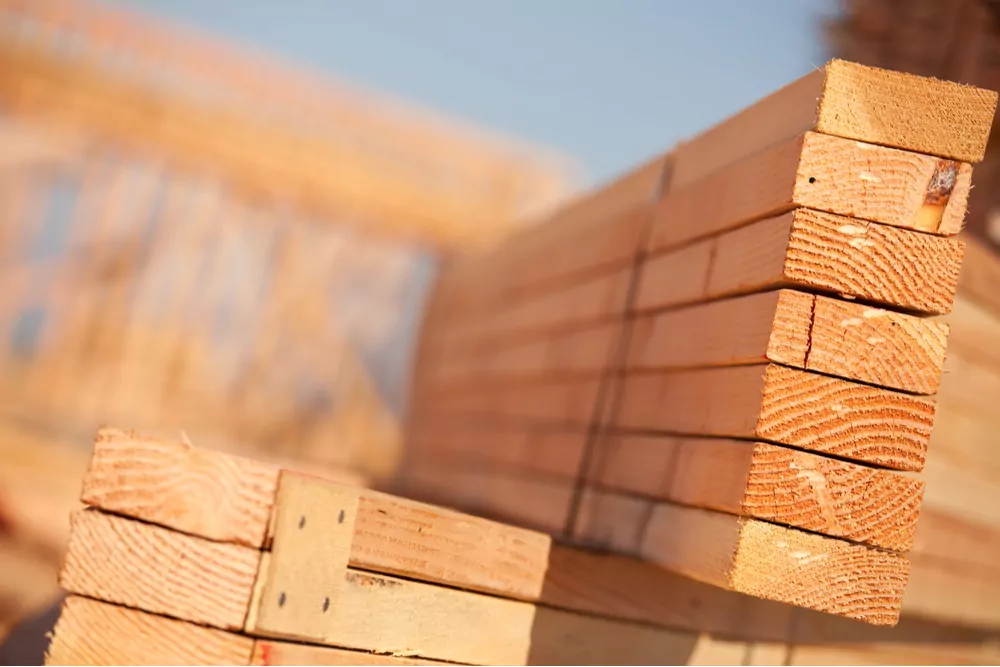
Global Witness (GW) was the first organisation to bring 'conflict diamonds' as an issue to the world's attention. The concept is simple. Illicit trade in diamonds can fund wars and facilitate human rights abuses. This led to the setting up of the Kimberley Process (KP) a certification scheme, which was government led and instituted to clean up the diamond trade. This was not without controversy, for example the definition of 'conflict' diamonds was too narrow or that it applied only to rough diamonds, which meant GW quit the Kimberley Process in 2011.
Fast forward to today, recently the Construction Enquirer reported that we are about to see a fresh wave of price volatility in the wake of a call to ban ‘conflict timber’ from Belarus and Russia.
Timber Development UK say the war in Ukraine would hit supplies of certain varieties of timber and compounded by sanctions will result in some key products no longer being imported creating significant pressures for businesses in the coming months. There is now a distinction being made between conflict timber and pre-conflict timber.
These definitions as to what constitutes 'conflict' and what does not have the potential of sustaining or breaking supply chains for key material in construction sites.
As we all know, geopolitics today is also driving the change towards climate based renewable energies. A recent Economist article states that this too is not risk free. Emerging green-commodity superpowers (or electrostates) are seeing and will continue to see windfall returns due to mining green metals or with manufacturing net zero products. The political economy factors within some of these electrostates can equally influence how we define 'conflict' materials. For example, an autocracy such as Congo has 46% of global cobalt reserves. China is home to aluminium, copper and lithium. (See The Economist).
Mining projects or commercially planted timber can quickly become victims of local conditions and geopolitics. How we define 'conflict materials' is therefore gaining renewed importance, as this has the capacity to affect supply chains. Needless to say, there is also a moral and social implication here. Do you want to build a house using 'blood timber' or drive an EV with 'conflict cobalt'?
So, what can you/we do and continue to do in the context of construction contracts?
- Check your contracts: have a look at your supply chain. Please check to see where your products are sourced. Have you considered using materials passport, e.g., see Orms? You may need to review core contract terms in order to plan ahead for supply chain disruptions and price fluctuations or build in commercial buffers such as through extension of time or force majeure provisions or tiered dispute resolution / risk mitigation processes. Never before has collaboration and knowing your supply chain been more critical to sustainable and trust-based relationship building.
- Consider using The Chancery Lane Project clauses: for example, see Ayshe's Clause. This is a great provision that obliges stakeholders in renewable energy technology supply chains to lower their carbon emissions, minimise their environmental impact and safeguard against modern slavery. The concepts here can be imported into a different context and broadened if you wish.
If you'd like to catch up with us for a coffee or over Teams to discuss net zero contracts or socio-economic or market issues influencing contracts please get in contact with Suriya Edwards our Net Zero Construction Lead, in the first instance. Suriya can put you in contact with the relevant person at Foot Anstey LLP.
Please support Ukraine: Ukraine: What you can do to help.


